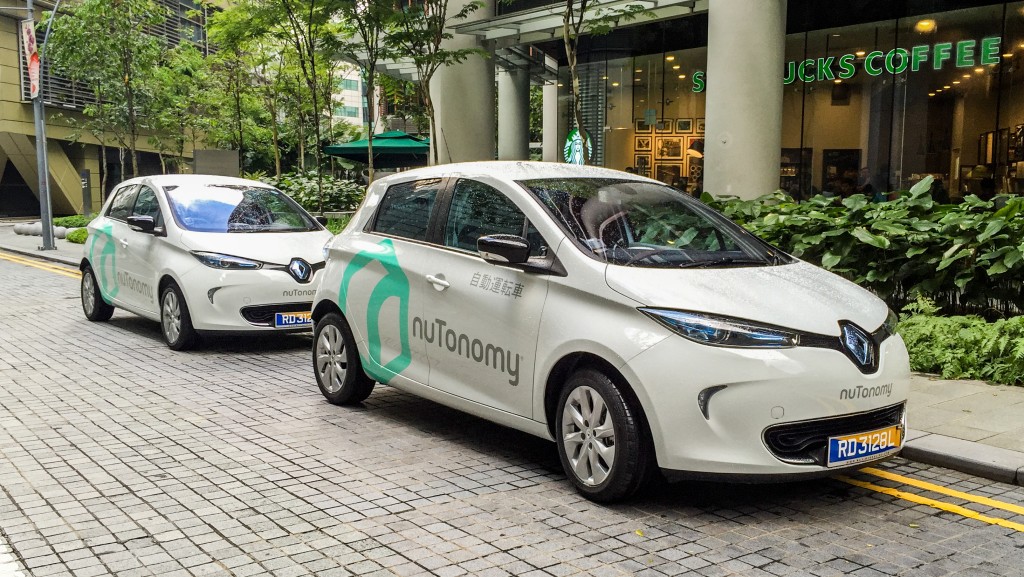
Singapore is second in the world and top in Asia in terms of its readiness to adopt autonomous vehicles (AVs) on the strength of its government, infrastructure and consumer acceptance, according to a report by KPMG.
The KPMG Autonomous Vehicles Readiness Index (AVRI) provides an in-depth view of what it takes for countries to meet the challenges of self-driving vehicles, evaluating the preparedness of a cross-section of countries globally.
The Index evaluates each country according to four criteria that are essential to a country’s capacity to adopt and integrate autonomous vehicles. These include: policy and legislation, technology and innovation, infrastructure and consumer acceptance.
The most prepared countries for AVs all have: Governments willing to regulate and support AV development, excellent road and mobile network infrastructure, private-sector investment and innovation, Large-scale testing powered by a strong automotive industry presence and a proactive government that attracts partnerships with manufacturers
Report findings on Singapore AV readiness
Singapore tops two of the criteria of this index, policy and legislation and consumer acceptance, and is second only to the Netherlands on infrastructure. On policy and legislation, it received the maximum score on regulation, with a 2017 amendment to its Road Traffic Act allowing self-driving vehicles to be tested on public roads, and a single entity to coordinate AV work, the Singapore Autonomous Vehicle Initiative announced in 2014.
Singapore’s Land Transport Authority (LTA) takes a safety-first approach with AV trials starting on lightly used roads and graduating to more congested environments only after they have demonstrated readiness. All test AVs will be required to log travel data to enable accident investigations and liability claims.
The Land Transport Authority introduced a regulatory framework that minimizes the occurrence of accidents. Operators are required to have a qualified safety driver who will be able to take control of the vehicle in an emergency, hold third-party liability insurance and share data from the trials with the LTA.
— Satya Ramamurthy Partner, Head of Government & Infrastructure KPMG in Singapore
On consumer acceptance, the entire city-state of Singapore is effectively a test area for AVs, meaning all residents may see the technology in development. Consumer research suggests they are more open to the technology than many other countries, including the Netherlands. The country’s strong scores for infrastructure, including very high road and mobile network quality, are only undermined by a low density of charging stations for electric vehicles.
Singapore just missed the top spot due to average performance on technology and innovation. It needs technology company headquarters, patents or investment and has a low usage of electric cars. But this is compensated for by a significant number of industry partnerships, including MIT spin-out nuTonomy testing driverless taxis there since 2016, the fact that Uber is widely available and a good rating from the World Economic Forum on availability of the latest technology.
Singapore invested in developing AV
Singapore has been pushing hard on AV development – it opened the Centre of Excellence for Testing and Research of Autonomous Vehicles (Cetran) at Nanyang Technological University in 2017, which has a test town for driverless vehicles complete with traffic lights, bus stops, skyscrapers and a rain-making machine to offer realistic testing conditions.
In addition to this, it is also planning real-world field tests with driverless buses and shuttles in three areas (Punggol, Tengah and the Jurong Innovation District) for off-peak and on-demand commuting from 2022, and it is working with the Netherlands on an international standard for AVs.
Earlier this month Enterprise Singapore published a set of provisional national standards to guide the industry in the development and deployment of fully autonomous vehicles (AVs). The guide is called TR 68. The Technical Reference 68 was developed to promote the safe deployment of fully autonomous vehicles in Singapore.

















